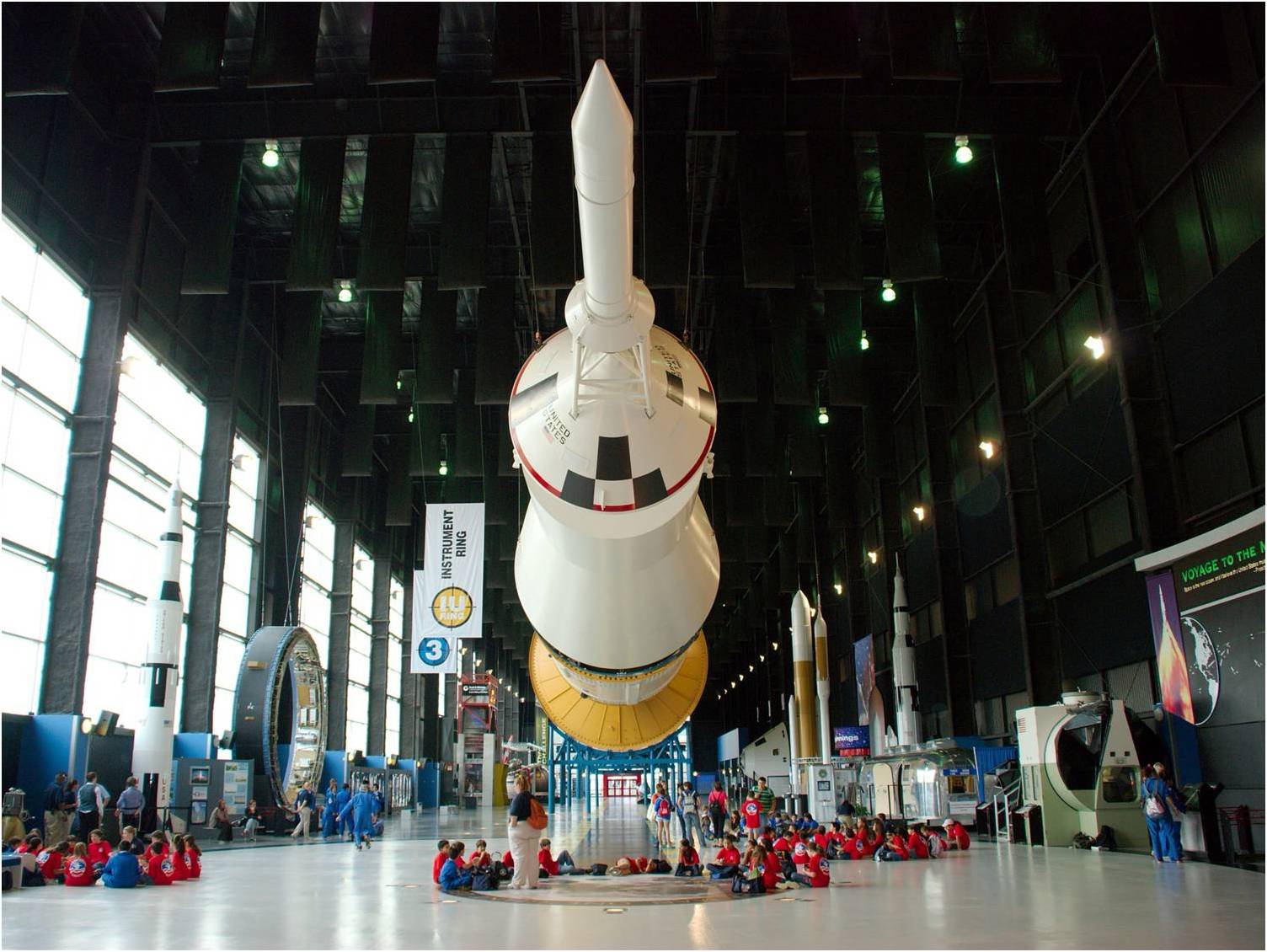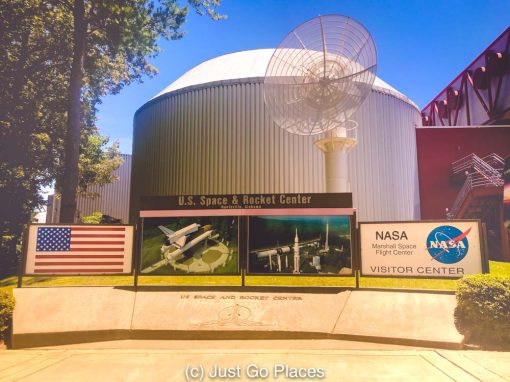



Most of them had worked on the V-2 missile development under von Braun at Peenemünde. In August 1945, 127 missile specialists led by Wernher von Braun signed work contracts with the United States Army Ordnance Corps. MSFC also had a major role in post-Apollo activities, including Skylab, the Space Shuttle, and Spacelab and other experimental activities which made use of the Shuttle's cargo bay.Īfter the May 1945 end of World War II in Germany, the US initiated Operation Paperclip to collect a number of scientists and engineers who had been at the center of Nazi Germany's advanced military technologies. During the 1960s, the activities were largely devoted to the Apollo Program, with the Saturn family of launch vehicles designed and tested at MSFC. MSFC has been NASA's lead center for the development of rocket propulsion systems and technologies. The HOSC also monitors rocket launches from Cape Canaveral Space Force Station when a Marshall Center payload is on board. This facility supports ISS launch, payload, and experiment activities at the Kennedy Space Center. The center contains the Huntsville Operations Support Center ( HOSC), also known as the International Space Station Payload Operations Center. Located on the Redstone Arsenal near Huntsville, MSFC is named in honor of General of the Army George C. Marshall has been the lead center for the Space Shuttle main propulsion and external tank payloads and related crew training International Space Station (ISS) design and assembly computers, networks, and information management and the Space Launch System (SLS). As the largest NASA center, MSFC's first mission was developing the Saturn launch vehicles for the Apollo program. government's civilian rocketry and spacecraft propulsion research center. Marshall Space Flight Center ( MSFC), located in Redstone Arsenal, Alabama ( Huntsville postal address), is the U.S.


 0 kommentar(er)
0 kommentar(er)
